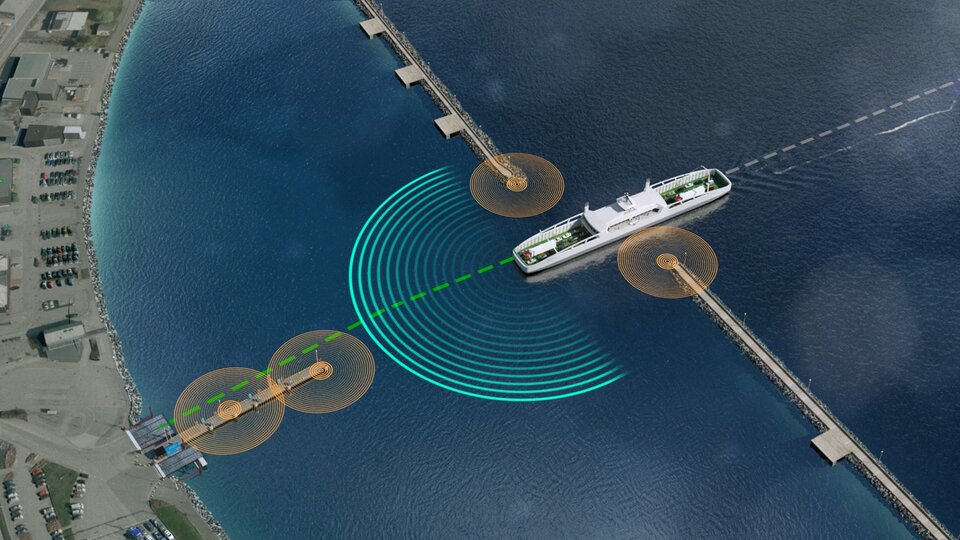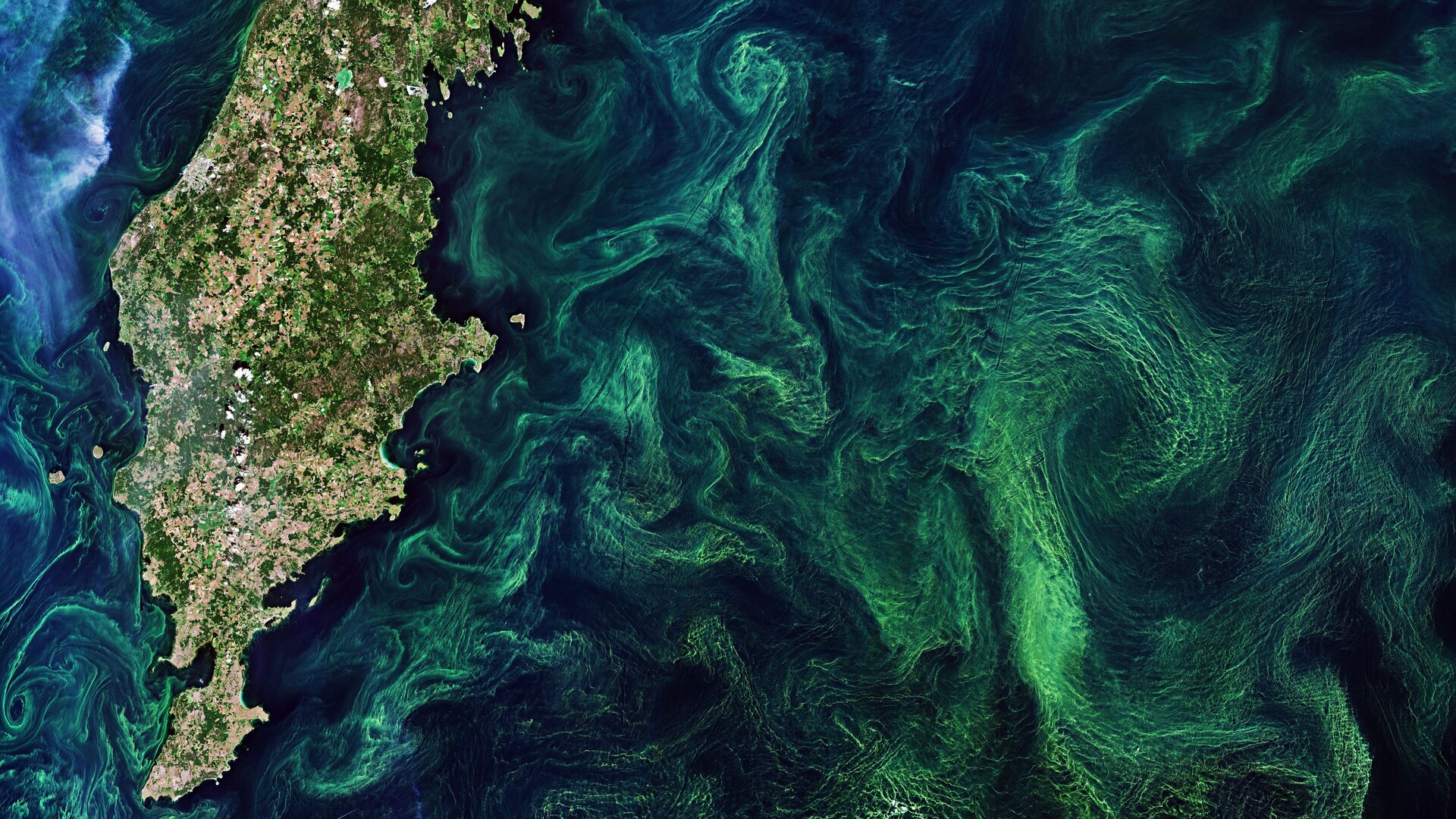Combatting climate change with ESA’s Blue Worlds initiative
Water is essential to life on Earth. It provides living organisms with the means to survive and covers three-quarters of the planet's surface. Water also plays a vital role in maintaining a habitable environment, but the effects of climate change have disrupted the ecological balance that enables humans to benefit from nature's most precious resource. This has prompted a search for sustainable solutions both on land and at sea.
World Water Day is observed on 22 March each year. This year, the day focuses on climate change and how sustainable water-based solutions can help mitigate its effects while reducing the greenhouse gases that contribute to the warming of the planet.
ESA launched its Blue Worlds Task Force in October 2019 to assist Europe's maritime sector with future challenges using satellite-based solutions and space data. Part of this initiative focuses on developing autonomous shipping, which is supported by the EU's Horizon 2020 research and innovation programme. With shipping currently accounting for about 2.5 percent of all greenhouse gas emissions worldwide – more than any single EU state – the goal is to reduce its carbon intensity by at least 40 percent by 2030 and to fully decarbonise the sector by the end of the century.

"Blue Worlds covers all topics linked to the oceans, including climate change," says Isabelle Duvaux-Béchon, chair of the Blue Worlds Task Force and head of ESA's Member States & Partnerships Office. "Space programmes, projects and technologies can help address challenges here on Earth, so we are working to identify user needs as well as gaps that can be filled by future ESA programmes that will benefit the maritime sector and the environment."
"Our ideas include space-supported navigation to identify the most efficient shipping routes for lower energy consumption, satellite surveillance to verify reductions in exhaust-gas pollution and the development of smaller, autonomous ships to reduce energy use for navigation and on-board systems," Isabelle adds. "Furthermore, the initiative could support efficient port management – which ESA Space Solutions is currently looking to fund – so that ships don't have to wait for days to gain entry, as well as telemedicine and on-board diagnosis technologies that would make it unnecessary to re-route vessels or send rescue helicopters and ships."

These efforts will target long- and short-haul shipping, ferries and inland waterway vessels as well as coastal and urban water transport. Autonomous waterborne transport – using wind, solar and other renewable energies to remain carbon neutral – will provide a climate-friendly alternative to trucking on congested roads. Furthermore, air conditioning, lighting and other services needed to support a crew will be reduced and even unnecessary with full autonomous shipping.
"There are several steps involved in the automation of shipping," Isabelle says. "Most include crew on board, with the required crew size reducing as more functions become automated and potentially controlled from land. The final step is full autonomy, which would imply no crew at all in some cases."
The Blue Worlds initiative complements a range of ESA programmes that directly address the United Nations' Sustainable Development Goals. By tackling the energy waste and pollution caused by our use of oceans and other water-based environments, humanity can take a major step towards a carbon-free future.




